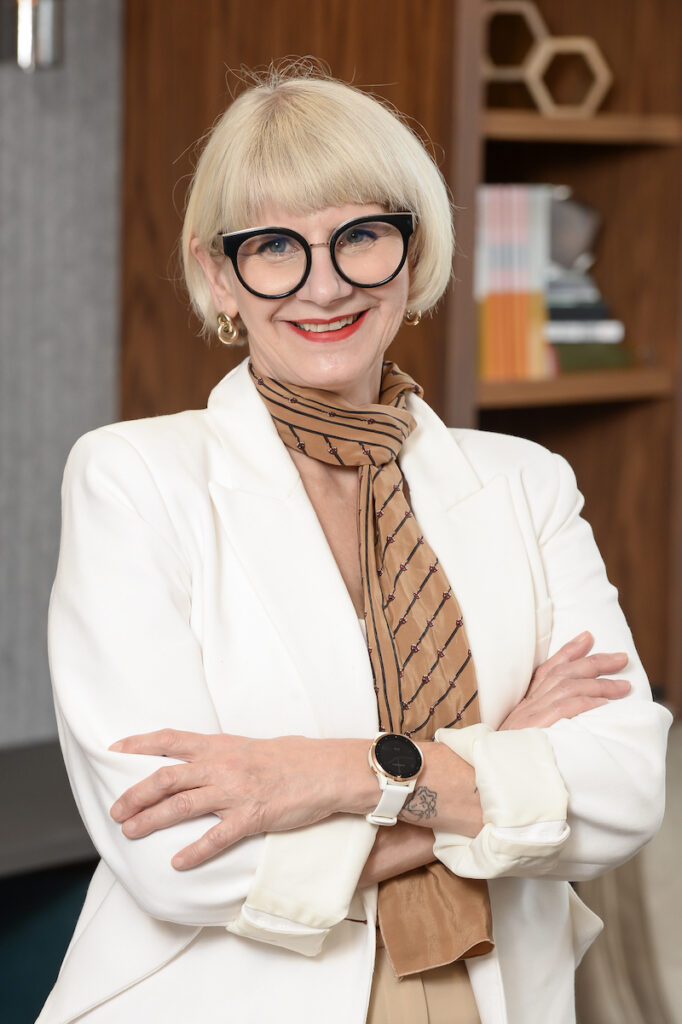By: Tarina Vlok, Managing Director, Elite Risk Acceptances

Recent global headlines about alleged mass-production of Hermès Birkin handbags in China have reignited a critical debate: in today’s hype-fuelled and globalised luxury market, what truly defines a valuable asset—and how do we, as risk advisors and insurers, ensure our clients are properly protected?
For brokers and wealth managers serving high-net-worth individuals (HNWIs), the issue goes far beyond fashion trends. The exponential rise in high-quality counterfeit goods poses a growing threat to personal risk portfolios—and to the credibility of insurance and asset protection strategies.
The Hidden Risk in a “Luxury” Label
From Rolex to Louis Vuitton, the secondary luxury market has ballooned alongside digital marketplaces, influencer culture, and geopolitical shifts in manufacturing. But with increased accessibility has come increased risk: counterfeit goods have become more convincing, more widespread, and more lucrative for international syndicates.
In South Africa, this is not a marginal issue. In late 2024, law enforcement in the Western Cape seized counterfeit luxury goods valued at approximately R55 million. According to Luxity, a leading reseller of authenticated luxury fashion, up to one in three items submitted for resale locally is fake. Globally, the counterfeit trade is estimated to account for up to 10% of the global luxury goods market—and the Consumer Goods Council of South Africa warns that the impact on our own economy is significant.
Why It Matters to Insurers and Advisors
For insurers, the consequences are clear: counterfeit luxury items cannot be indemnified. A handbag, watch, or piece of art that lacks authenticity is not a recoverable loss. In our role at Elite Risk Acceptances, we’ve seen how well-intentioned clients—often misled by what they believed to be a bargain—can find themselves underinsured or even entirely uninsured when it comes to luxury goods.
More importantly, brokers and advisors are often on the frontline of managing expectations and educating clients. If a high-value client suffers a loss and submits a claim for a counterfeit item, reputational damage can occur on both sides—especially if due diligence was overlooked.
Proof of Value: The Growing Burden of Documentation
Specialist high-net-worth insurers like Elite Risk Acceptances are increasingly requesting comprehensive documentation for high-risk items. For example, a client insuring a Rolex may be asked to provide the original purchase invoice, valuation certificates, proof of provenance, and even original packaging. These requirements are not arbitrary—they are essential risk controls in a market flooded with imitations.
This shift also creates an opportunity for advisors and brokers to proactively guide clients on how to future-proof their collections. Verification is no longer optional; it is integral to wealth preservation.
Redefining Luxury: What Brokers Should Communicate
Today, luxury is less about price and more about provenance, craftsmanship, exclusivity, and trust. Our role as insurers, and yours as trusted advisors, is to ensure clients understand what they own—and the financial and emotional value behind it.
Here are key recommendations to share with your clients:
- Authentication matters: Advise clients to buy directly from brands or vetted resellers and to examine key indicators like materials, stitching, and packaging.
- Documentation is crucial: Encourage clients to retain original purchase receipts, authentication certificates, and packaging.
- Avoid too-good-to-be-true deals: Emphasise that genuine luxury retains its value and will rarely—if ever—be available at deep discounts.
- Insure correctly: Ensure all luxury goods are insured at current replacement value, and only with a specialist insurer who understands the nuances of the high-end market.
- Prepare for claims scrutiny: Set expectations around the burden of proof should a claim arise, and help clients prepare accordingly.
The Bottom Line: Protecting Genuine Value
As the luxury goods landscape evolves, so must our approach to insuring them. The rise in counterfeit risk is not just a consumer issue—it’s a strategic challenge for brokers, underwriters, and risk professionals alike. In this environment, protecting true value means going beyond aesthetics and price tags. It requires deeper conversations about authenticity, trust, and the long-term preservation of wealth.
At Elite Risk Acceptances, we believe that responsible insurance is about more than replacing lost goods—it’s about advising clients to protect the things that truly matter.
Editor’s thoughts
As the global appetite for luxury goods intensifies, so too does the sophistication of counterfeit operations—posing a real and often underestimated risk to high-net-worth portfolios. Tarina delivers a timely reminder: true value lies not in the label, but in authenticity, provenance, and proper protection. For brokers and advisors, this isn’t just about insurance, it’s about stewardship of wealth in an era where appearances can deceive.
Are your clients’ most prized possessions protected by more than just a premium price tag—or could a lack of documentation turn a perceived asset into an uncovered liability?


